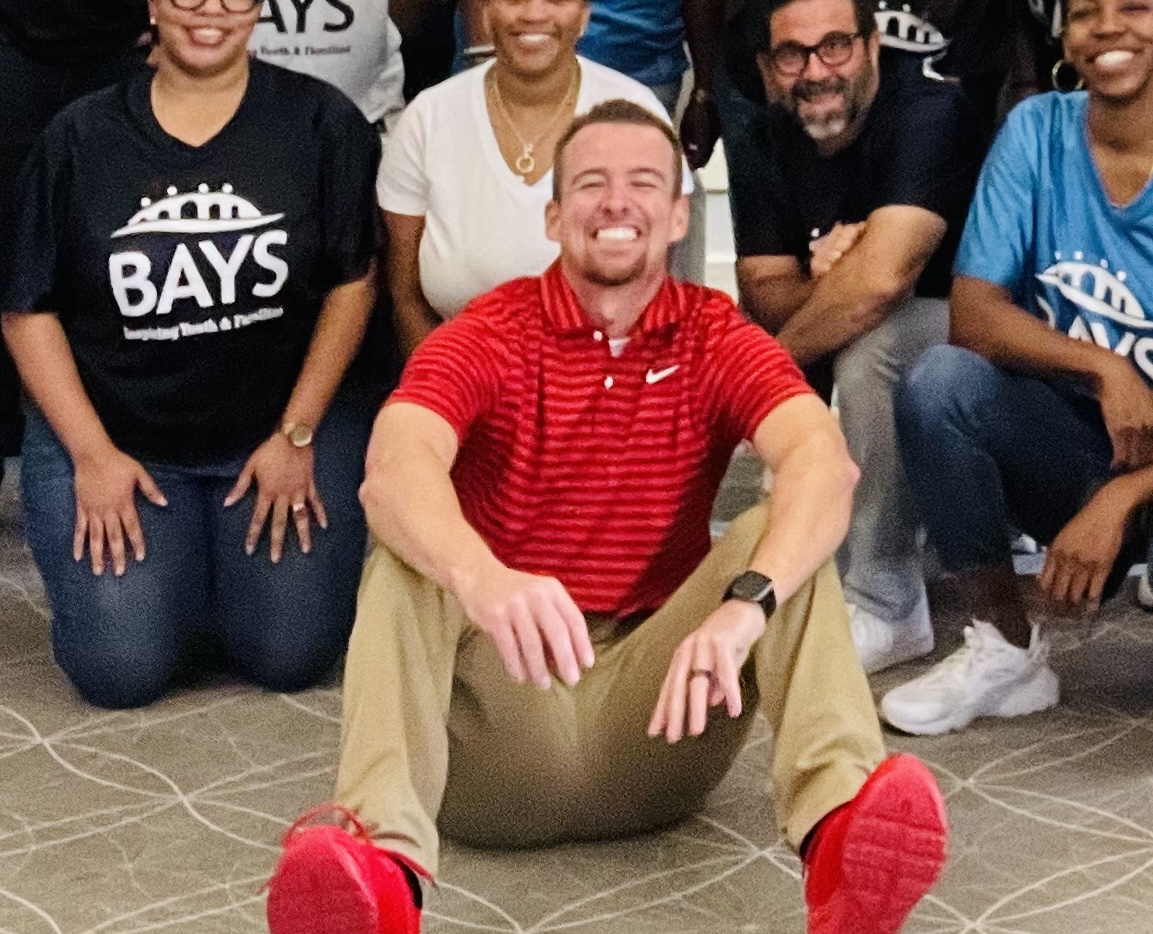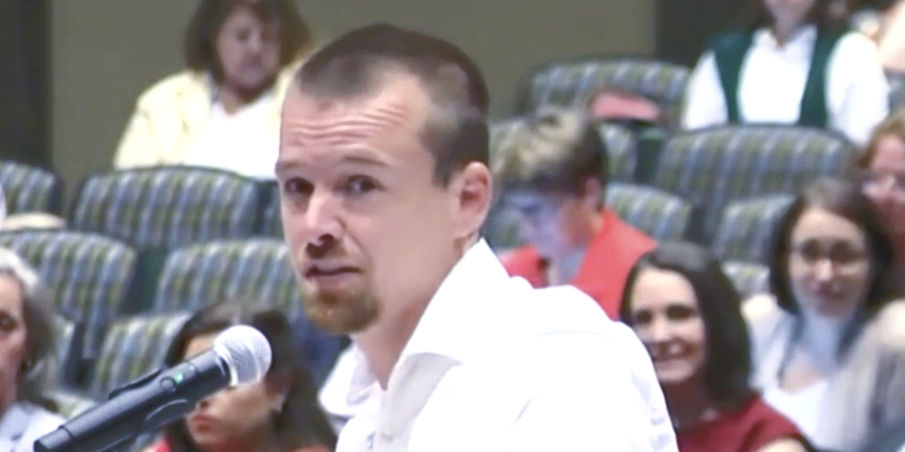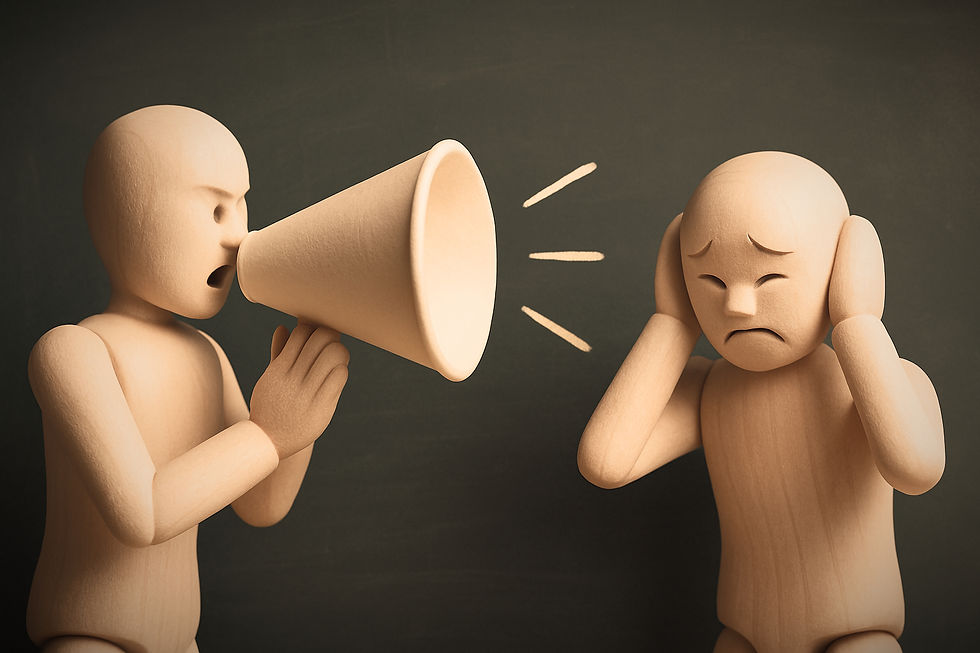The Time I Drove Away with the Gas Station Pump Still in My Car
- Curtis Campogni

- Jan 8
- 3 min read
Arcadia, Florida. If you’ve never been, imagine a quaint little town with limited options for food or fuel—and a lot of wide-open roads. I was wrapping up a long day as a case manager, my last home visit two hours from home. I was tired, hungry, and more than ready to call it a day. But before I hit the road back, I decided to stop at a Wawa about ten miles out of town to grab a bite and fill up my tank.
What could possibly go wrong? 👀

The Setup for Disaster
The gas station was quiet, almost eerily so. I parked at the pump, ordered a sandwich on the Wawa app, and started fueling up my car. My brain was buzzing with thoughts—case notes, deadlines, the sweet promise of sleep when I finally made it home. Somewhere in the middle of scrolling through my phone and checking my to-do list, I heard the pump click, signaling my tank was full.
Without missing a beat, I got back in the car, started it up, and pulled away, laser-focused on my sandwich and the long drive ahead. Except I forgot one tiny, crucial detail: the gas pump was still attached to my car.
When Panic Sets In
What happened next was, in hindsight, pure chaos. As I started driving, I heard a loud thud. My heart immediately leapt into my throat. Was it the pump? No, that didn’t even cross my mind. My first thought? Gunfire.
It didn’t help that I had just read an article about a shooting at a gas station, so naturally, my brain decided that this was it—the moment I became a headline. In my panic, I pressed the gas harder and ducked like I was an action hero evading bullets in a poorly made movie.
The noise continued, now accompanied by a strange dragging sensation behind my car. I glanced in my rearview mirror and saw it: the gas pump hose, flailing wildly like it was trying to flag me down.

The Walk of Shame
I slammed on the brakes, heart pounding, and sat there for a moment, trying to process what had just happened. Then it hit me. Not gunfire. Not disaster. Just me, the gas station pump, and the crushing realization that I had done something spectacularly stupid.
With a mix of dread and determination, I got out of the car, yanked the nozzle out of my gas tank, and carried it back into the Wawa. The walk to the counter felt like it lasted a century. I stepped inside, holding the nozzle like a defeated knight carrying a broken sword.
The cashier looked up at me, completely unfazed, and said, “You drove off, didn’t you?” No judgment. No expression. Just pure, deadpan acknowledgment of my failure.
“Yeah,” I mumbled, placing the pump on the counter like a shameful offering.
Without missing a beat, they shrugged. “Happens all the time.”
The Ride Home
The rest of the ride home was a mix of relief, embarrassment, and the desperate need for validation. I called a few friends to tell them what had happened, hoping—praying—someone would say, “Oh, I’ve done that too!”
Instead, I got what I can only describe as the “silent pause of judgment,” followed by laughter. Lots and lots of laughter.
The Lesson
Here’s what I learned that day: Slow down. Moving too fast doesn’t just make you feel like you’re running on empty—it can leave you dragging an actual gas station pump behind you, destroying the only reliable spot for fuel within ten miles of a quaint Florida town.
Life has a way of throwing these moments at you, where the only thing you can do is laugh, learn, and hope the cashier doesn’t recognize you next time. Because, let’s face it, we’ve all been there—or at least, I hope we have.
Disclaimer
The views expressed in this blog are solely those of the author and do not represent any other individual, organization, or company. This content is intended for general knowledge and to highlight tools, techniques, and ideas that inspire positive change. Readers are encouraged to explore the topics further and form their own conclusions.











Comments